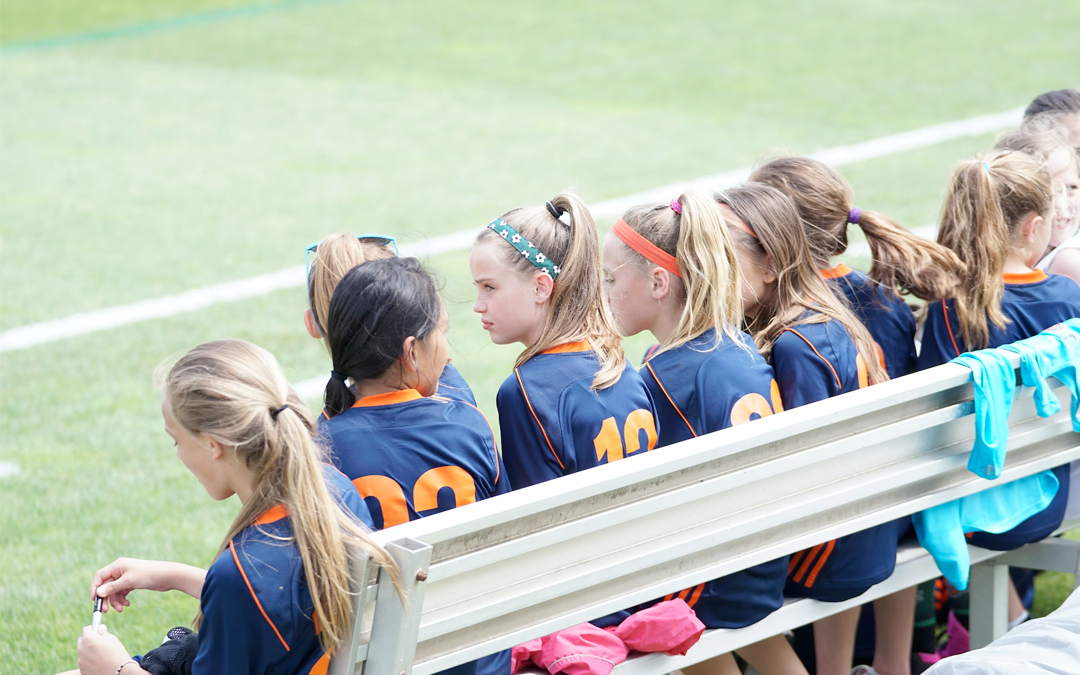Experts agree that sports are a healthy hobby for most children to get involved with. However, things get a little more complicated if you or your child has a bleeding disorder. Bleeding disorders and kids’ sports require extra care and attention. The good news is that children can still be involved with sports – even with a condition like hemophilia and other bleeding disorders.
Why Is It Dangerous?
Blood does not clot effectively for people with bleeding disorders, including von Willebrand disease, platelet disorders, or hemophilia. This is because of a lack of, or deficient, clotting factor that stops bleeding. Children with bleeding disorders are at risk for dangerous and even life-threatening bleeds if not treated properly, especially during high-contact sports activity. Even minor injuries can result in invisible bleeding, which may present as joint pain instead of visible blood.
High-Risk Sports
Several sports are at high risk for kids with bleeding disorders. High-risk sports typically involve lots of contact, which can create ample opportunity for injuries to occur. Some high-risk sports include:
- Football
- Soccer
- Hockey
- Wrestling
- Lacrosse
- Rugby
Low to Moderate Risk Sports
There are many low and moderate-risk sports to choose from that are safer for kids with bleeding disorders. With these options, a child with a bleeding disorder has less risk of injury and bleeding complications.
Some low to moderate-risk sports include:
- Swimming
- Golf
- Hiking
- Running/Track
- Baseball
- Basketball
- Skiing
Kids Sports and Bleeding Disorders: Benefits
The benefits of kids with bleeding disorders participating in sports are many. When done properly, the benefits certainly outweigh the risks. Regular exercise increases muscle tone, which reduces or relieves joint pain and strengthens the joint which can lead to less bleeding. Sports can also boost a child’s self-esteem, help them socialize and meet like-minded friends, and incorporate fitness into their lives in a fun way.
Things to Keep in Mind
Kids’ sports and bleeding disorders can mix safely. However, it’s essential to consider the following aspects before and during a child’s sports activity.
- Speak to your doctor about potentially modifying the treatment schedule so that you can treat on game days and/or practice days.
- Potentially increase higher factor replacement levels, especially with moderate-to-high-risk sports. Talk to your child’s doctor to see if higher clotting factor levels are necessary.
- Avoid high-contact sports activities if possible. If they participate, ensure they wear appropriate safety equipment, like helmets, to protect them.
- Understand risk factors when considering a particular sport and weigh the pros and cons.
- Create an agreement with your child where they promise to be upfront, right away, should they start to experience any pain or bleeds.
- Instruct coaches and even other teammates on what to do with a bleed in case that happens during practice or a game.
Always have a First Aid kit with emergency items if the child bleeds, like ice, bandages, and contact information for their caregiver or even their medical care team if necessary.
Keep factor and supplies with you when traveling to games/practices because it’s always better to be safe than sorry!
Looking for a pharmacy service that offers support and information to help adults and children with bleeding disorders enjoy a higher quality of life? Mylyfe Speciality Pharmacy is here for you. Email hello@mylyfehealth.com to get started.
Personalized Care,
Professional Excellence
Improving Your Quality of Life Is Our Mission





